About
This webpage accompanies our publication in IJRR.
Abstract
In recent years, sonar systems for surface and underwater vehicles have increased in resolution and become significantly less expensive. As such, these systems are viable at a wide range of price points and are appropriate for a broad set of applications on surface and underwater vehicles. However, to take full advantage of these high-resolution sensors for seafloor mapping tasks an adequate navigation solution is also required. In GPS-denied environments this usually necessitates a simultaneous localization and mapping (SLAM) technique to maintain good accuracy with minimal error accumulation. Acoustic positioning systems such as ultra short baseline (USBL) and long baseline (LBL) are sometimes deployed to provide additional bounds on the navigation solution, but the positional uncertainty of these systems is often much greater than the resolution of modern multibeam or interferometric side scan sonars. As such, subsurface vehicles often lack the means to adequately ground-truth navigation solutions and the resulting bathymetic maps. In this article, we present a dataset with four separate surveys designed to test bathymetric SLAM algorithms using two modern sonars, typical underwater vehicle navigation sensors, and high-precision (2 cm horizontal, 10 cm vertical) real-time kinematic (RTK) GPS ground truth. In addition, these data can be used to refine and improve other aspects of multibeam sonar mapping such as ray-tracing, gridding techniques, and time-varying attitude corrections.
Processing
Using ROS (recommended):
This dataset was collected using Robot Operating System (ROS) and all datasets use rosbag as a native format. We also provide a ROS package that contains all the necessary message definition and some basic tools for viewing, replaying
and re-running navigation.
Using JSON:
For cross platform support and to comply with the requirements set forth by IJRR we also provide all of the datasets JSON (plain text) format. Each JSON package contains a set of nested directories that corresponds to ROS namespaces. The JSON files that live in these directories contain the JSON analog of all messages broadcasted on that ROS topic.
Wiggle’s Bank (WASSP)
St. Mary’s River, Georgia USA
This survey was designed to demonstrate the capabilities of the WASSP sonar. It has a large amount of overlap and very high point density. The terrain has a variety of features with varying scale and complexity. A structure from motion (SFM) aerial drone survey was also conducted and the files are included in the directory. The SFM survey was done at low tide and the sonar survey at high tide to maximize overlap between the sonar and SFM data.
Download
North River Confluence (WASSP)
St Mary’s River, Georgia USA:
This survey was intended to be a realistic commercial survey driven to maintain continual sonar swath overlap in an efficient manner. The terrain has a variety of features of varying scale and complexity. The majority of the area was covered with continuous sonar operation, making it suitable for SLAM testing. A gap in the sonar coverage close to the end can be used to evaluate relocalization methods.
Dutch Island (Norbit)Narragansett Bay, Rhode Island USA:
This survey was intended to be a realistic commercial survey driven to maintain continual sonar swath overlap in an efficient manner. The terrain has a variety of features of varying scale and complexity. The majority of the area was covered with continuous sonar operation, making it suitable for SLAM testing. A gap in the sonar coverage close to the end can be used to evaluate relocalization methods.
Beach Pond (Norbit)
Inland Western Rhode Island USA:
The beach pond survey is an example of the extreme stratification of the watercolum that can occur in fresh water lakes and ponds. This stratification combined with the wide swath of the Norbit sonar produced significant ray bending in the multibeam data that can be seen as an artifact running parallel to the survey lines. The pond has large flat areas as well as distinct bottom features. These factors combine to make it ideal to evaluate multibeam ray tracing.

